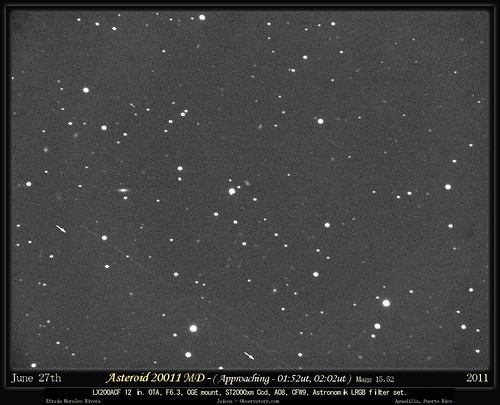If an asteroid hits earth it could very well be the end of days. We will not have Bruce Willis ready to give his life to save humanity and the human race may not recover. Doom and gloom? If an asteroid attack is keeping you up at night, you should know that the earth has been in the trajectory of asteroids, meteors and other space debris for thousands of years.
Actually Factually
Asteroids were formed when the space between Jupiter and Mars did not allow the formation of any planetary bodies. The objects in the space broke and fragmented giving rise to asteroids which can have a diameter of over 500 miles or as small as 20 feet. Asteroids travel around the sun in an elliptical orbit and due to their irregular shape can bounce off course, tumble and change orbit. Changing orbit sometimes means that an asteroid can encounter other planets. One of those is our home planet.
Historically we have little to go on when it comes to asteroid near misses in history. The Comet of 1491 came dangerously close, possibly less than four times the distance to the moon. In 1972, a comet bounced off the surface of the atmosphere streaking through the sky as a fireball over Utah. Only 14 meters in diameter, this near miss could have delivered an impact about half the strength of the atomic bomb that hit Hiroshima. Comet Hyakutake passed very close in 1996 and was discovered only two months before it started its earth approach.
Close Encounters Of the Earth Ending Kind
NASA recorded the closest near miss of an asteroid in February of 2011. A small asteroid barely 1 metre in diameter passing as close as 5480 km from earth. That’s close, real close. Close enough to get people worried. Asteroid 2011CQ1 may have been small, but it was very definitely in our back yard and climbing up the front stairs. The scary part is that the asteroid, which had left its normal trajectory and had been pulled so close to the earth by the gravitational force, was only discovered 14 hours before it passed. Close, is of course a relative term when you’re talking about distances in space.

Asteroid 2011MD, credit: Jaicoa
2011MD passed within 11 000 miles of our home and gave off a light so bright it could be seen with a small telescope. 32 times closer than the moon is considered a little close for comfort. The threat of an asteroid collision may not be imminent but astronomers and scientists are not able to predict what happens when an asteroid is pulled into our orbit and how it may behave due to its irregular shape.
2005YU5 came into the moons orbit on November 8 2011, giving scientists a rare chance to capture footage of its orbit. 2005YU55 is no stranger to us, and has been orbiting for thousands of years. This close though and who knows what happens.
Large asteroids have the ability to wipe out all life on earth if there is impact. We’re talking about asteroids the size of apartment buildings, houses and city blocks here.
Asteroids That Keep Coming Back
Apophis is a 25 million ton asteroid that keeps threatening our skies. Having several near misses, this large celestial body seems to be getting closer and closer. Discovered in 2004, you can track the travels of Apophis (2004MN4) on several websites around the world. The closest pass of Apophis is estimated for 2029. Just around the corner really.

Trajectory of Apophis in 2029, source: Wikipedia
The threat of an asteroid impact is measured on the Torino Scale. Apophis has always been at Level 1, which is a negligible threat, but scientists upped that to a level 4 for a short while when discussing the gravitational effect of both earth and the asteroid.
Threats On The Horizon
Currently NASA has 959 asteroids that could possibly change course and threaten earth. 5 of those will pass between earth and the moon in the next 100 years; knocking on our door.
2012DA14 had to fly past the moon 7 times before astronomers discovered it. Set to come into close contact with our atmosphere next year, this asteroid is considered a threat because of its irregular shape and size. Just 50 metres in diameter, this hunk of rock would have the power to wipe out a small city on impact. On 15 February 2013, the asteroid will pass less than 24 000 kms from earth, closer than some satellites. So close you’ll be able to observe it with a pair of binoculars.
Some would say this is too close for comfort…
Article written and researched by Policy Expert; UK insurance specialists offering guidance on policies against household damages.
Was this helpful?




